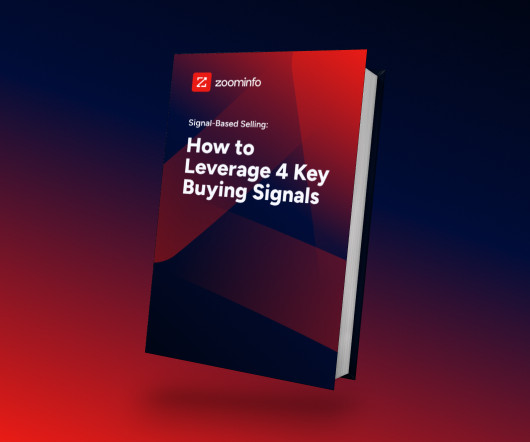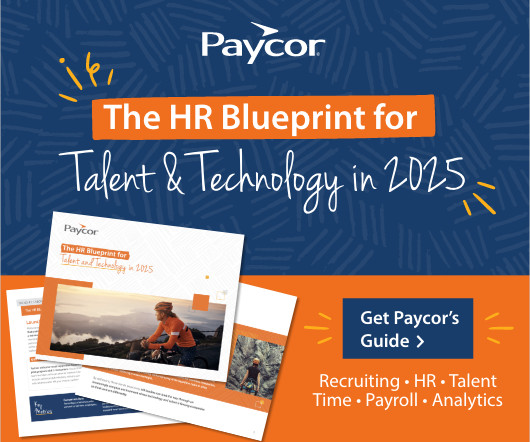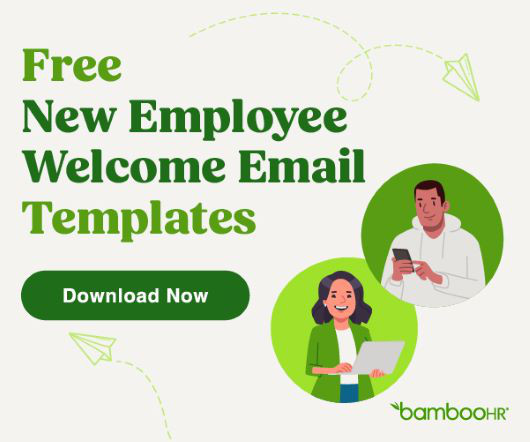HR as a “Prediction Machine”
Visier
APRIL 3, 2019
A web search on “AI in HR” reveals a mind-boggling array of possibilities. For example, AI can choose candidate sources, predict candidate performance, offer coaching and learning, and even suggest employee pay levels. Yet, a recent IBM survey suggests that only 66% of CEOs believe cognitive computing can drive significant value in HR, and only 50% of HR executives recognize that cognitive computing has the power to transform key dimensions of HR.





.jpg)


































Let's personalize your content